How to Trek to Manaslu Circuit: An Ultimate Guide
The Manaslu Circuit Trek is a thrilling adventure comprising a perfect blend of nature, culture, and a remote Himalayan wilderness. Situated right in the heart of Nepal, this less-visited trail takes on the best scenic beauties of the Annapurna and Everest areas, though it keeps much of its tranquility. It's a dream for many trekking enthusiasts.
Whether you’re a seasoned trekker or a first-time adventurer, this guide will walk you through everything you need to know about how to trek to Manaslu Circuit. We’ll dive into costs, routes, itineraries, tips for beginners, and everything in between. Let’s lace up those hiking boots and start planning!
Why Choose the Manaslu Circuit Trek?

The Manaslu Circuit Trek circumnavigates Mount Manaslu, the world's eighth-highest peak, standing at 8,163 meters or 26,781 feet above sea level. Compared to other routes, this one is not as jammed, giving it a serenity and closeness during the journey.
What makes this trek special, really:
- Unparalleled Scenery: Expect towering peaks, glacial rivers, lush valleys, and alpine meadows.
- Rich Culture: You’ll pass through remote villages inhabited by Tibetan-origin communities, each with unique traditions and monasteries.
- Thrill Factor: The Larkya La Pass, standing at 5,135 meters, is a challenging yet rewarding highlight of the trek.
Best Time to Trek the Manaslu Circuit
The ideal time for trekking to Manaslu Circuit is during the autumn (September to November) and spring (March to May) seasons.
Timing is everything when it comes to making the most of your Manaslu Circuit Trek. While you can technically trek the circuit year-round, some seasons are undoubtedly better than others in terms of weather, trail conditions, and overall experience.
1. Autumn (September to November): The Golden Season
The autumn months are widely regarded as the best time to trek to Manaslu Circuit.
- Weather: Clear skies and stable temperatures create perfect trekking conditions.
- Views: Expect uninterrupted panoramas of Mount Manaslu and other Himalayan giants.
- Trail Conditions: Dry and safe paths make trekking easier and more enjoyable.
- Crowds: The popularity of autumn means the trails can get busier, but the Manaslu Circuit still offers relative tranquility compared to Annapurna or Everest regions.
2. Spring (March to May): A Close Second
Spring is another excellent season for trekking to Manaslu Circuit.
- Weather: Mild temperatures and stable conditions prevail, especially at lower altitudes.
- Flora: The trail comes alive with blooming rhododendrons and lush greenery, adding vibrant colors to your journey.
- Mountain Views: The snow-capped peaks are as stunning as ever, though occasional clouds may obscure views at times.
- Crowds: Slightly fewer trekkers than in autumn, offering a more peaceful experience.
3. Winter (December to February): For the Adventurous
Trekking during winter is possible but comes with significant challenges.
- Weather: Temperatures drop significantly, especially at high altitudes. Snowfall can make the Larkya La Pass impassable.
- Trail Conditions: Trails are quieter, but icy and snowy sections require extra caution.
- Experience: Best suited for experienced trekkers who thrive in extreme conditions.
4. Monsoon (June to August): Least Recommended
The monsoon season is the least favorable time for the trek.
Weather: Frequent rain leads to slippery trails and potential landslides.
Visibility: Clouds and rain obscure mountain views.
Advantages: Despite the challenges, the landscapes are lush and vibrant, and the trails are nearly deserted.
Recommendation Read: Manasalu Circuit Trek, The Ultimate Guide
Manaslu Circuit Trek Map & Route
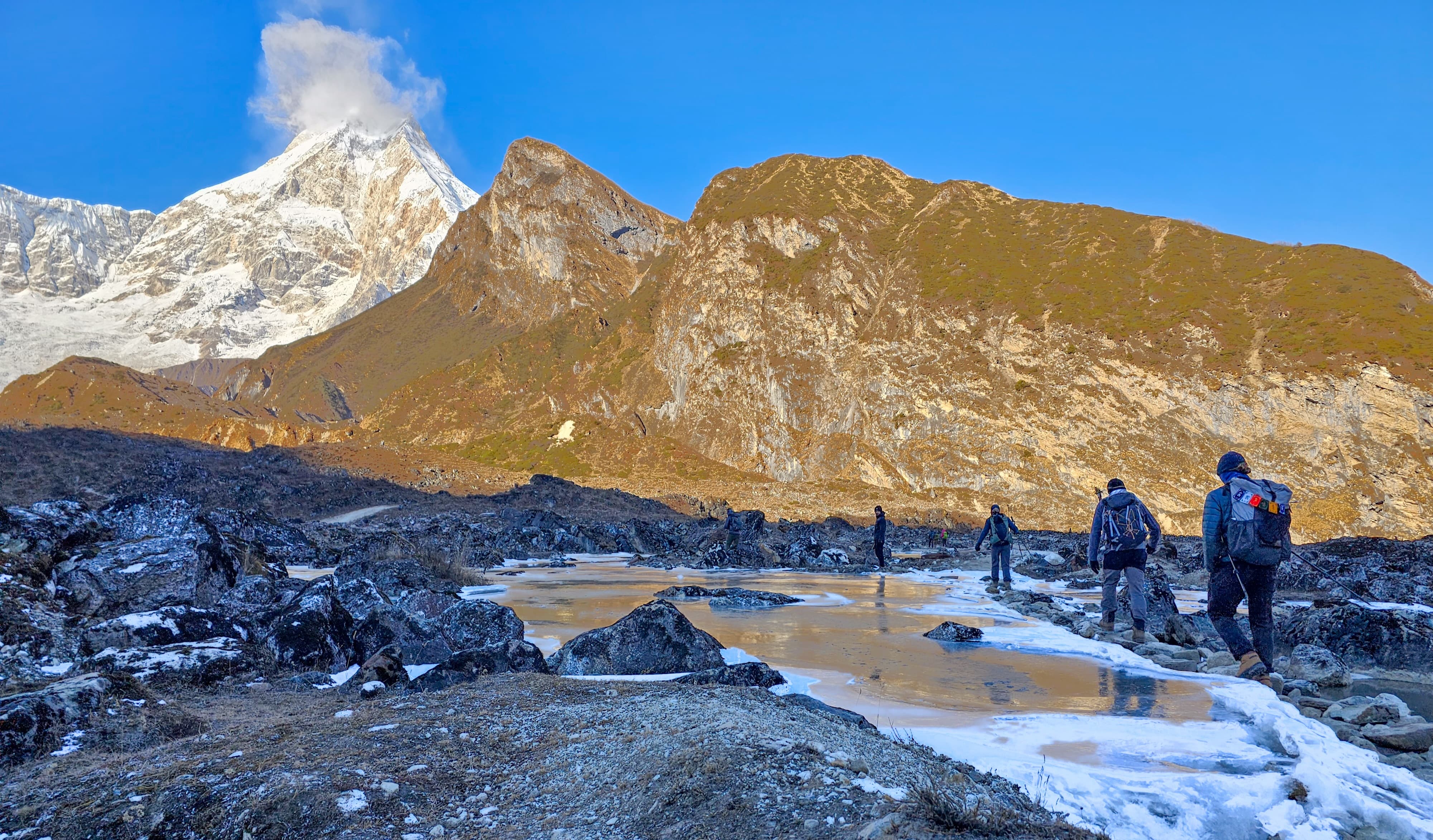
The trek typically starts at Soti Khola and ends at Besisahar, covering about 177 kilometers (110 miles). The trail gradually ascends through subtropical forests, alpine meadows, and rugged terrains, culminating at the Larkya La Pass.
Here’s an overview of the route:
- Kathmandu to Soti Khola: A scenic drive through hills and river valleys.
- Soti Khola to Machha Khola: Trek through forests, waterfalls, and Gurung villages.
- Machha Khola to Jagat: Cross suspension bridges and explore remote settlements.
- Jagat to Deng: Transition into Tibetan-influenced regions with mani walls and chortens.
- Deng to Namrung: Enjoy mountain views and cultural encounters.
- Namrung to Samagaun: Witness majestic peaks, including Manaslu and Himlung Himal.
- Samagaun to Samdo: Acclimatize and visit monasteries or hike to Birendra Lake.
- Samdo to Dharmasala (Larkya Phedi): Prepare for the Larkya La Pass ascent.
- Cross Larkya La Pass to Bimthang: Marvel at panoramic mountain views.
- Bimthang to Dharapani and drive to Kathmandu: Complete the circuit and return.
17 Days Manaslu Trek Itinerary
Here’s a detailed 17-day itinerary to help you plan your adventure:
Day 1: Arrival in Kathmandu
Explore the city’s heritage sites.
Day 2: Permit Preparation and Drive to Soti Khola
Duration: 8-9 hours.
Day 3: Trek from Soti Khola to Machha Khola
Duration: 6-7 hours.
Highlights: Riverside trails and waterfalls.
Day 4: Machha Khola to Jagat
Duration: 6-7 hours.
Highlights: Hot springs at Tatopani.
Day 5: Jagat to Deng
Duration: 6 hours.
Highlights: Tibetan cultural influence emerges.
Day 6: Deng to Namrung
Duration: 6-7 hours.
Highlights: Stunning mountain vistas.
Day 7: Namrung to Samagaun
Duration: 7-8 hours.
Highlights: Spectacular views of Mount Manaslu.
Day 8: Acclimatization Day in Samagaun
Optional hikes: Manaslu Base Camp or Birendra Lake.
Day 9: Samagaun to Samdo
Duration: 3-4 hours.
Highlights: Cultural exploration.
Day 10: Samdo to Dharmasala (Larkya Phedi)
Duration: 4-5 hours.
Highlights: High-altitude landscapes.
Day 11: Cross Larkya La Pass to Bimthang
Duration: 8-9 hours.
Highlights: A challenging yet rewarding day with stunning views.
Day 12: Bimthang to Dharapani
Duration: 7-8 hours.
Day 13: Drive to Kathmandu
Duration: 8-9 hours.
Days 14–17: Extra Buffer Days
Account for weather delays or additional exploration.
Manaslu Circuit Trek Cost and Permits
The cost of trekking to Manaslu Circuit varies depending on your trekking style (independent vs. guided) and group size.
1. Permits Required:
- Manaslu Restricted Area Permit (RAP): $100 for the first 7 days (Sept-Nov) and $75 (Dec-Aug).
- Manaslu Conservation Area Permit (MCAP): $30.
- Annapurna Conservation Area Permit (ACAP): $30.Tsum Valley Permit (Optional): $40.
2. Guides and Porters:
- A guide is mandatory for this trek. Costs range from $25-$35 per day.
- Porters charge $20-$25 per day.
3. Accommodation and Food:
- Lodges/tea houses: $6-$10 per night.
- Meals: $20-$30 per day.
4. Transportation:
- Jeep/bus rides: $30-$50.
5. Overall Cost Estimate:
- Budget trekkers: $900-$1,200.
- Comfort trekkers: $1,500-$2,000.
How to Trek to Manaslu Circuit for Beginners
If you’re new to trekking, don’t worry! The Manaslu Circuit is manageable with proper preparation.
Tips for Beginners:
- Physical Fitness: Start a fitness regimen 2-3 months before the trek. Focus on cardio and strength training.
- Acclimatization: Include acclimatization days in your itinerary to prevent altitude sickness.
- Gear Essentials: Invest in quality hiking boots, warm layers, a sleeping bag, trekking poles, and a waterproof backpack.
- Guided Trek: Hire a guide to navigate the trail and handle logistics.
- Stay Hydrated: Drink plenty of water and avoid alcohol.
- Pack Smart: Carry only essentials to lighten your load.
Essential Trekking Preparation in Nepal (Must Read)
Challenges of the Manaslu Circuit Trek
The trek is classified as moderate to challenging. Here are some challenges you might face:
- Altitude Sickness: Acclimatize well and descend if symptoms worsen.
- Weather Conditions: Be prepared for sudden weather changes, especially near the Larkya La Pass.
- Trail Difficulty: Some sections are steep and require good endurance.
Additional Insights for an Unforgettable Manaslu Circuit Trek
1. Manaslu Circuit vs. Annapurna Circuit: A Comparative Guide
Both the Manaslu Circuit and Annapurna Circuit are iconic trekking routes in Nepal, but they cater to different preferences.
- Manaslu Circuit: Known for its remote and serene landscapes, this trek takes you through unspoiled terrain and less crowded trails. You’ll enjoy tranquil villages, Tibetan-influenced culture, and breathtaking views of Mount Manaslu. If you’re seeking solitude and a raw Himalayan experience, this is your best bet.
- Annapurna Circuit: This trek offers more infrastructure, diverse landscapes, and bustling trails filled with trekkers. While it’s a fantastic choice for socializing and enjoying varied scenery, it doesn’t offer the same untouched, off-the-beaten-path appeal as the Manaslu Circuit.
Choose Manaslu if you value peace, quiet, and remoteness. Opt for Annapurna if you prefer a more established trekking experience.
2. Enhance Your Trek with the Tsum Valley
For a deeper cultural experience, consider combining your Manaslu Circuit trek with a visit to the Tsum Valley, often called the “hidden valley.”
- This sacred Buddhist region is home to ancient monasteries, stunning chortens, and mani walls. The valley offers a glimpse into a way of life that remains unchanged for centuries.
- The landscapes are equally mesmerizing, featuring lush forests, terraced fields, and dramatic mountain vistas.
- Highlights include the Milarepa Piren Phu Cave, Mu Gompa Monastery, and Rachen Nunnery, all of which enrich the spiritual aspect of your journey.
The Tsum Valley extension adds a few days to your trek but rewards you with unforgettable cultural and natural experiences.
3. Go Green: Sustainable Trekking Practices
As trekking becomes increasingly popular in Nepal, it's time to take responsibility regarding the sensitivity of the Himalayan ecosystem.
Here's how you can trek responsibly:
- Carry Reusables: Use refillable water bottles and purification tablets instead of buying plastic bottles along the trail.
- Minimize Waste: Avoid single-use plastics and dispose of waste responsibly by carrying a trash bag.
- Support Locals: Stay in tea houses, eat local food, and buy handmade crafts to contribute to the local economy.
- Leave No Trace: Stick to marked trails, avoid disturbing wildlife, and respect local customs and sacred sites.
The purpose of sustainable trekking, therefore, is not only to help preserve the environment but also to ensure that the Manaslu region remains as pristine as it is now for future generations.
4. Partner with the Best: Trekking Agencies Matter
A good trekking agency can make or break your Manaslu Circuit adventure. Choosing an experienced operator means a much smoother, safer, and more enjoyable trek.
Why Choose Dolpo Caravan Treks and Expedition?
Expert Guidance: Their knowledgeable guides are well-versed in the region’s terrain, culture, and safety protocols.
Customized Itineraries: They offer flexibility to adapt the trek to your fitness level, interests, and schedule.
Sustainable Practices: As advocates for responsible tourism, Dolpo Caravan emphasizes eco-friendly trekking and supports local communities.
Permit Handling: Navigating the complex permit system is hassle-free with their assistance.
The professionalism, combined with an excellent local expertise and passionate love for the Himalayas, will create a trekkers' experience unmatched.
5. Prepare for Altitude: Tips and Gear Essentials
High-altitude trekking requires great preparation, not only for one's safety but also for comfort. Since the Manaslu Circuit exceeds 5,000 meters, altitude sickness becomes a genuine threat.
- Tips for Acclimatization:
- Trek gradually and incorporate rest days to allow your body to adapt.
- Stay hydrated by drinking at least 3-4 liters of water daily.
- Avoid alcohol and smoking, which can hinder acclimatization.
- Recognize symptoms of altitude sickness, such as headaches, nausea, and dizziness, and descend immediately if they worsen.
- Essential Gear Checklist:
- Clothing: Pack in layers, including moisture-wicking base layers, insulated mid-layers, and waterproof outerwear.
- Footwear: Invest in sturdy, broken-in trekking boots for maximum comfort.
- Sleeping Bag: Choose a sleeping bag rated for sub-zero temperatures.
- Trekking Poles: These help reduce strain on your knees during steep ascents and descents.
- Backpack: Light, comfortable, with rain cover to carry all your stuff.
Want to know about where to buy trekking gear in Nepal, Click Here.
Proper preparation ensures you can focus on enjoying the breathtaking scenery and cultural wonders of the Manaslu Circuit without unnecessary discomfort or risk.
Trekking Independently vs. Guided Tours for Manaslu Circuit
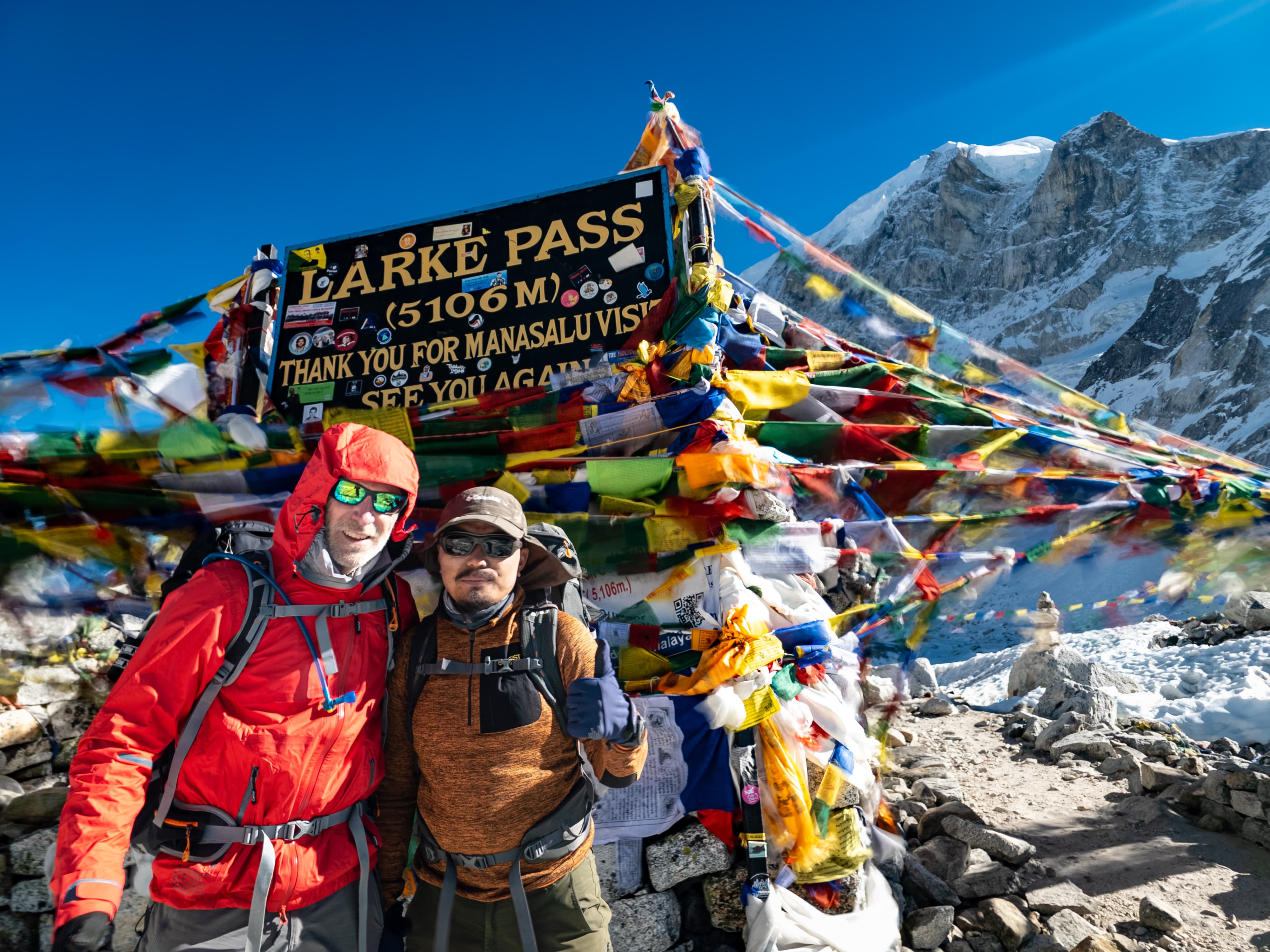
While independent trekking is possible, this is not allowed on the Manaslu Circuit because it's a restricted area. You need to trek either with a licensed guide or within a group organized by a registered agency. Guided tours ensure a safer and more enjoyable experience.
Conclusion
Manaslu Circuit is the lifetime trekking into the epitome of nature and culture, combined with adventure, that one always looks out for. The trek is plausible for any adventure-loving person with good preparation and a decent guide.
Timing is of essence as you plan your trek-the golden seasons are in autumn and spring. Whether one is a beginner or an experienced trekker, Manaslu Circuit is a place which will give lifelong memories.
Choose Dolpo Caravan Treks and Expedition to be your trekking partner for a complete and enriching experience in the Himalayas. Committed to making your adventure both memorable and responsible, Dolpo Caravan takes pride in experienced guides and well-crafted itineraries, with commitments toward sustainable trekking.
FAQs
How Do I Get to Manaslu Circuit?
Getting to the Manaslu Circuit involves a combination of road travel and trekking:
- From Kathmandu to Soti Khola:
- Take a local bus or hire a private jeep. The journey takes about 8-9 hours.
- The road passes through scenic hills and terraced farmlands.
- From Besisahar to Kathmandu (After the Trek):
- After completing the trek, drive back to Kathmandu via local transport or private vehicle.
Pro Tip: Arrange your transportation through a reliable trekking agency like Dolpo Caravan Treks and Expedition to ensure smooth logistics.
How to Plan a Manaslu Circuit Trek?
Planning a successful Manaslu Circuit Trek involves these steps:
- Research the Best Time to Trek: Choose autumn or spring for optimal weather.
- Arrange Permits: Secure the Manaslu Restricted Area Permit, MCAP, and ACAP through a licensed trekking agency.
- Hire a Guide: A guide is mandatory as the Manaslu Circuit lies in a restricted area.
- Prepare Physically: Build stamina and endurance through regular cardio and strength training.
- Pack Smart: Bring essential gear such as trekking boots, layered clothing, and a quality sleeping bag.
- Book Accommodations and Transport: Coordinate with your agency to arrange tea houses and vehicles.
Is the Manaslu Circuit Trek Difficult?
The Manaslu Circuit Trek is considered moderate to challenging. Here’s why:
- Altitude: The highest point, Larkya La Pass, is at 5,135 meters (16,847 feet).
- Trail Conditions: The trek includes steep ascents, descents, and rugged terrains.
- Duration: The trek typically takes 14-17 days, requiring good stamina.
For Beginners: With proper preparation, acclimatization days, and the support of a guide, even first-time trekkers can enjoy this adventure.
How Long Is the Manaslu Circuit Trek?
The Manaslu Circuit Trek covers a distance of approximately 177 kilometers (110 miles).
- Duration: The trek usually takes 14-17 days, depending on the itinerary and acclimatization needs.
- Daily Distance: Trekkers cover 10-15 kilometers per day on average.
The duration can vary based on your pace, side trips (like the Tsum Valley), and weather conditions.
What Is the Cost of the Manaslu Circuit Trek?
The total cost ranges from $900 to $2,000 per person, depending on whether you opt for budget or comfort trekking. This includes permits, guide fees, transportation, accommodation, and food.
Do I Need Permits to Trek the Manaslu Circuit?
Yes, you’ll need the following permits:
- Manaslu Restricted Area Permit (RAP)
- Manaslu Conservation Area Permit (MCAP)
- Annapurna Conservation Area Permit (ACAP)
- Tsum Valley Permit (optional for side trips)
Can I Trek the Manaslu Circuit Independently?
No, independent trekking is not allowed on the Manaslu Circuit. You must be accompanied by a licensed guide and organized through a registered trekking agency.
What Are the Accommodation Options on the Manaslu Circuit?
Tea houses and lodges provide basic yet comfortable accommodations along the trail. These include meals, simple rooms, and communal areas to relax after a day of trekking.

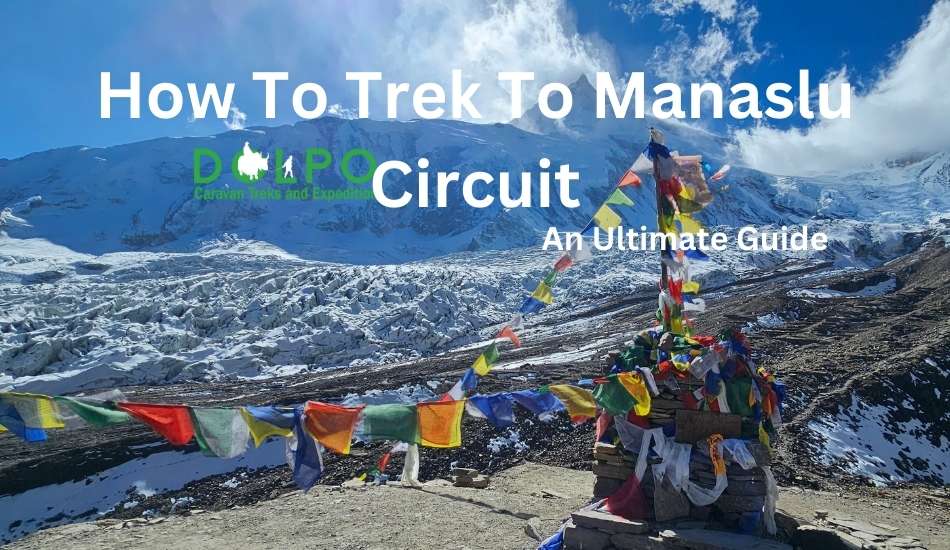
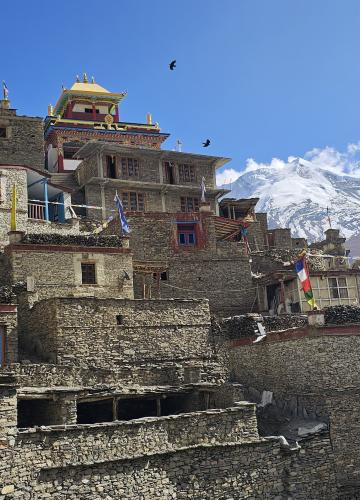
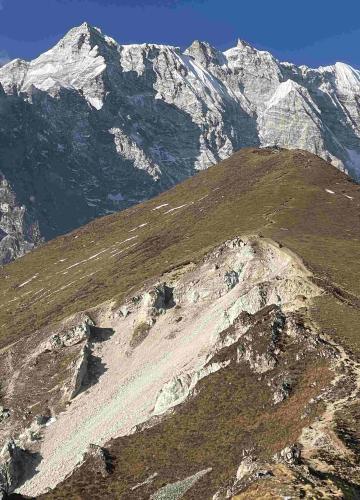
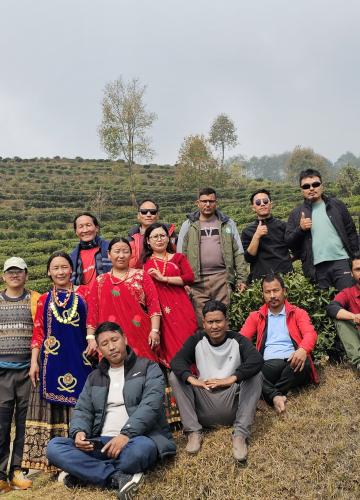
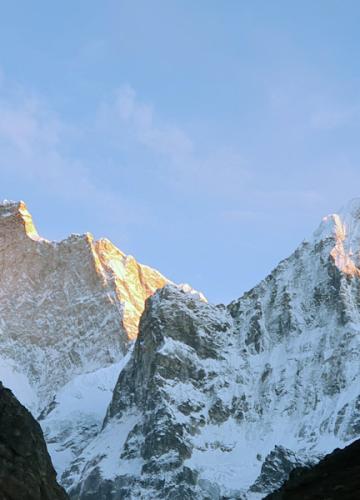
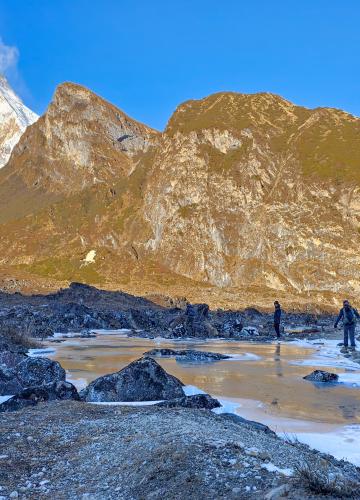
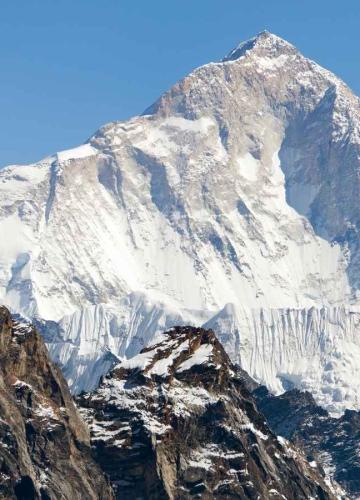

Leave Your Comment